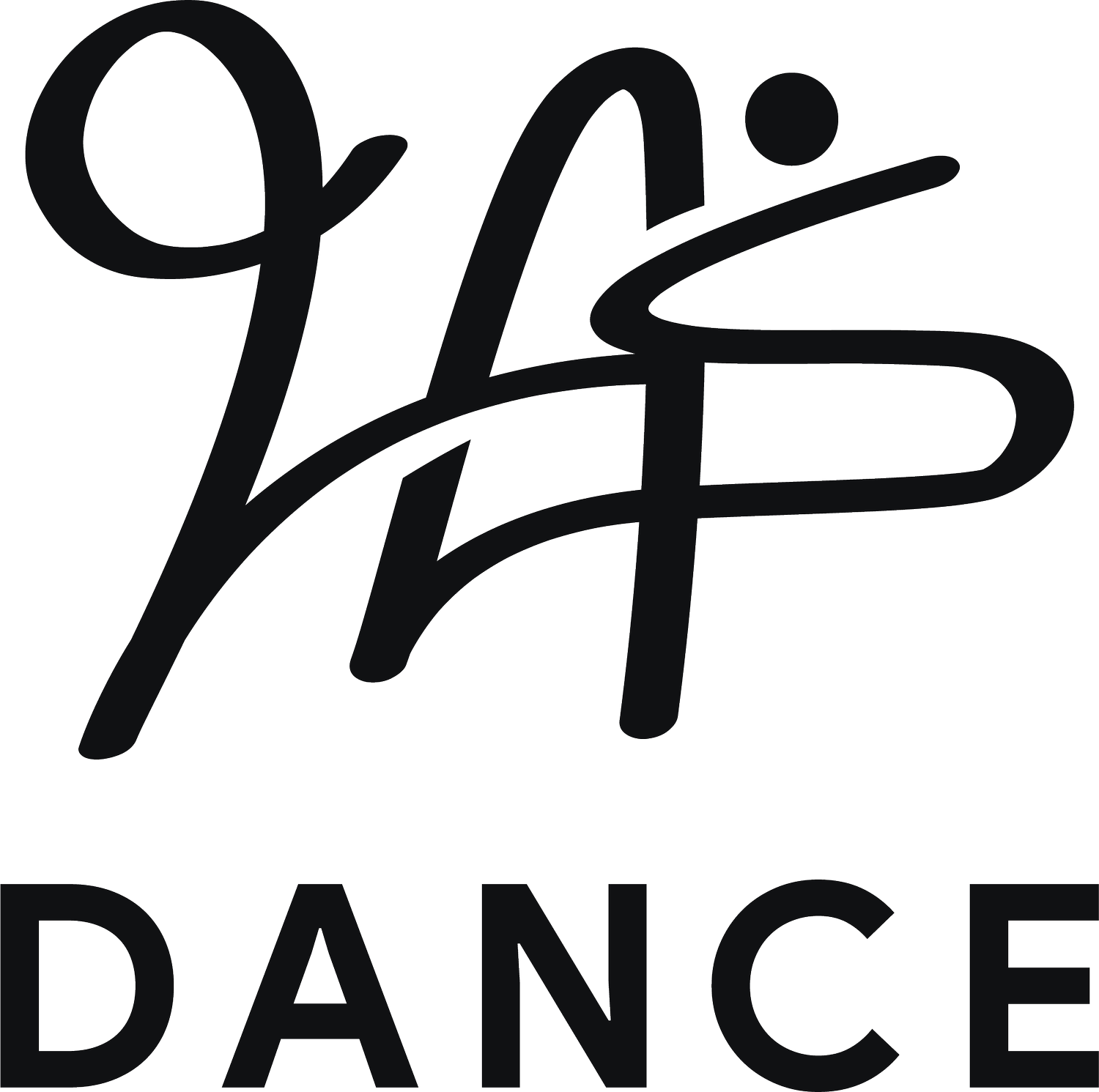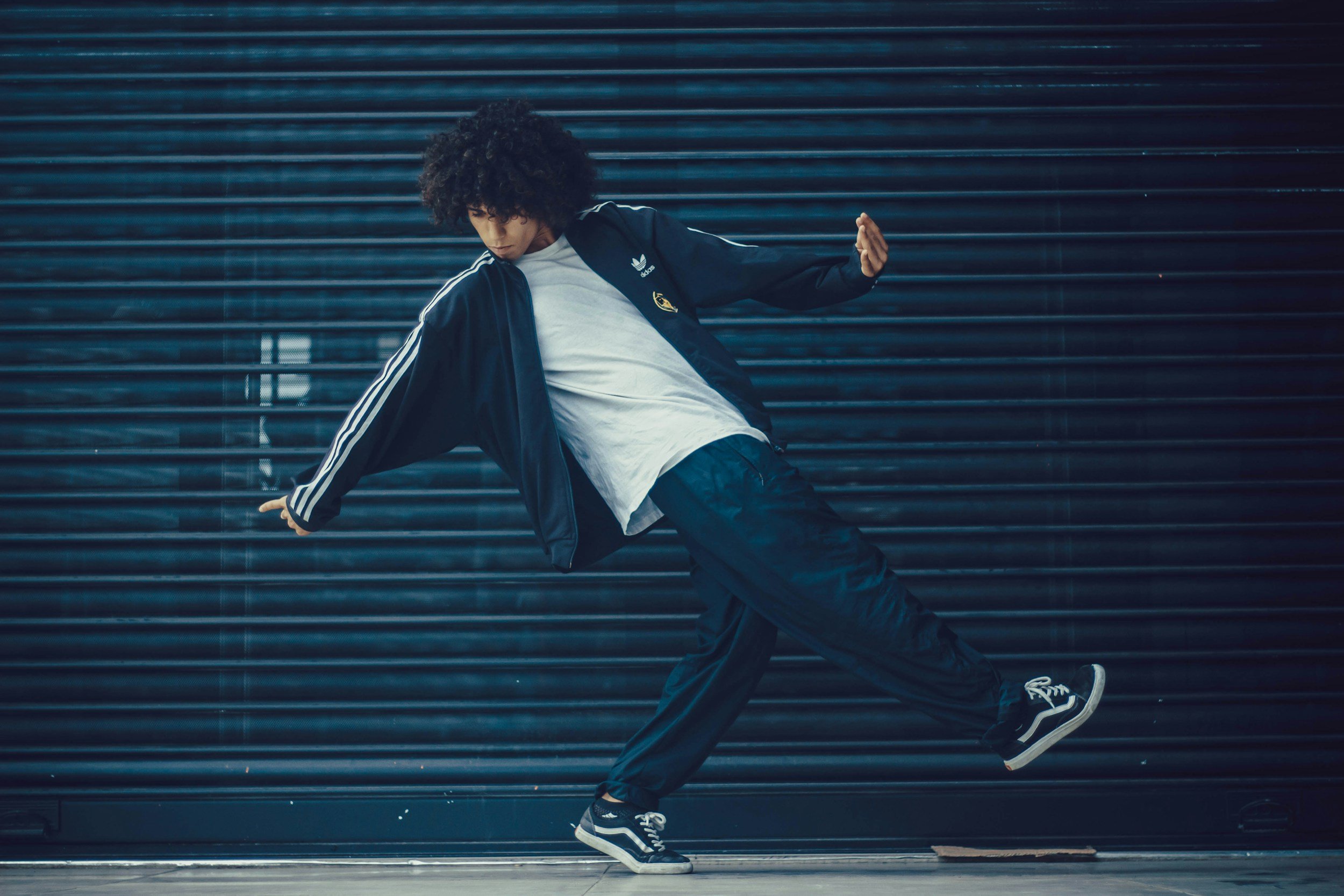
Want to Move like your favorite dancer? Here’s how!
Have a favorite dancer who inspires you? Someone you want to learn to move like? Don’t worry, we’ve all been there. But learning how to dance like your favorite pro can be daunting. Luckily, while it takes work, it’s not as impossible as it seems. In this blog, we’ll talk about how a little bit of fundamentals can be used to understand why you love your favorite dancers, and how you can apply those skills yourself.
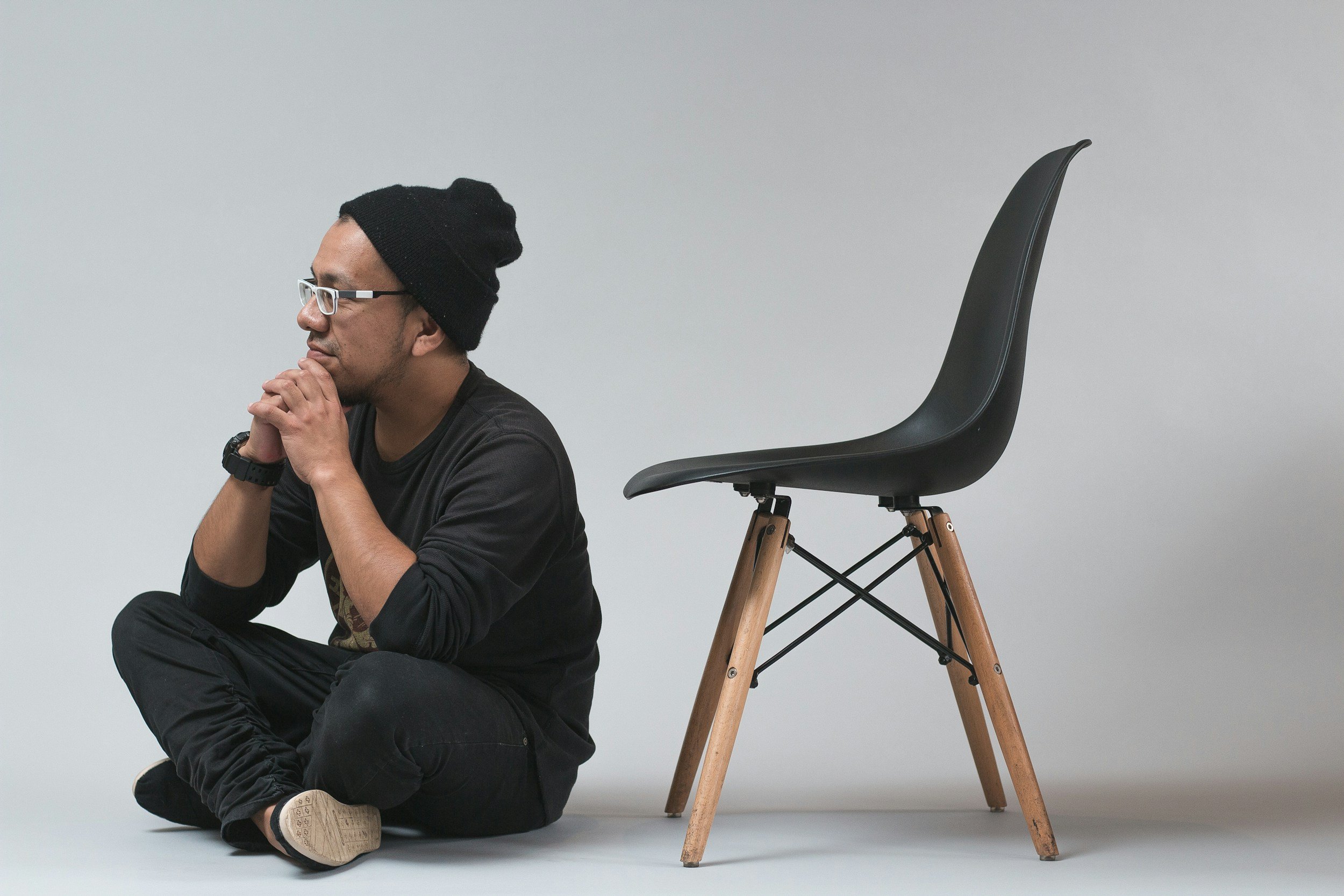
Sit on the floor next to the chair and do nothing…
This article about the art of doing nothing. By "doing nothing" I mean NOT DANCING in order to grow as a dancer. Now I know this sounds counterintuitive and definitely sounds counterproductive, but HEAR ME OUT...Read all the way through and you'll have the key to becoming not just a decent dancer, but a great dancer!

Discovering Your 'Why': The First Step in Your Dance Journey
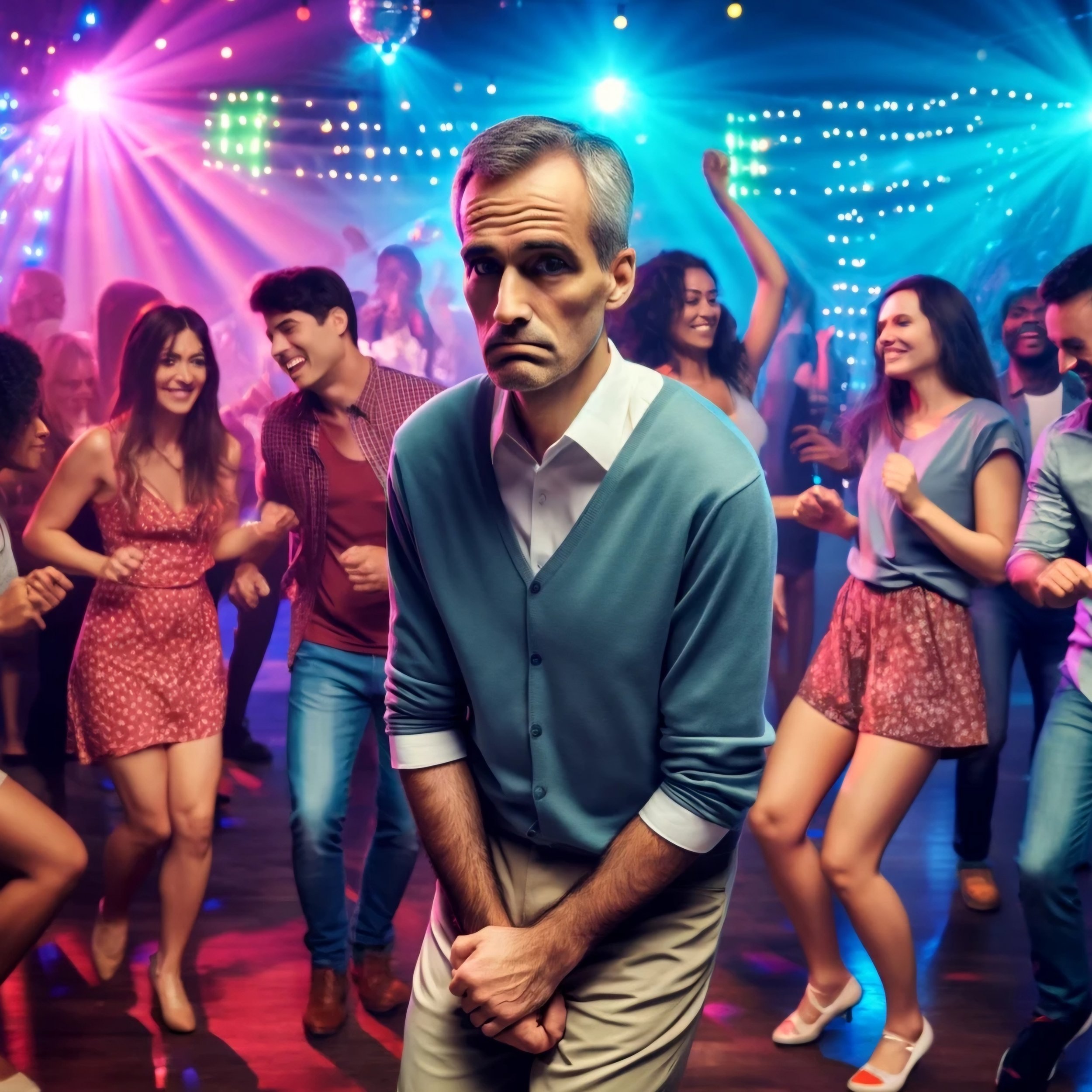
Overcoming the Fear of Judgment: Why It's Never Too Late to Start Dancing
The biggest hurdle most adults face when thinking about starting dance is the fear of judgment. This fear often stems from a belief that they are not good enough or that they will look foolish in front of others. It's a natural concern, especially in a culture that often glorifies youth and perfection. However, dance is not just for the young or the effortlessly coordinated; it's a form of expression open to anyone at any age.

Discovering Your Unique Dance Identity: A Guide for Beginner and Intermediate Dancers
Embarking on a journey in dance is not just about mastering steps and sequences; it's about discovering and nurturing your unique identity as a dancer. Whether you are taking your first steps in dance or you are at an intermediate level, understanding the foundations while embracing your individuality is essential. This blog post will explore how you can develop your skills and creativity in a way that resonates with who you are, ultimately helping you to stand out as not just a good dancer, but a great one.
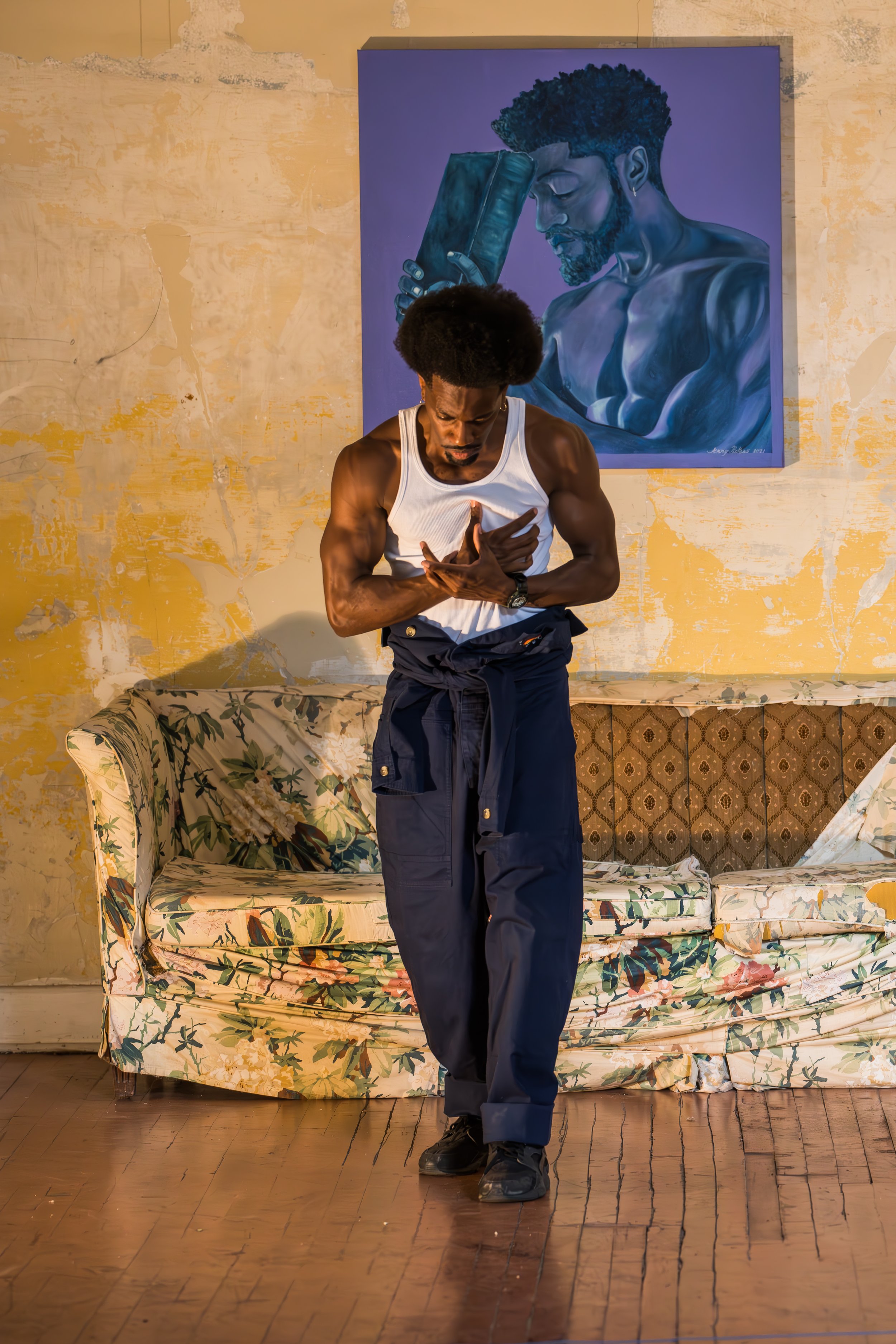
Stepping Into the Rhythm
Join Melvin AC Howell on a heartfelt journey through dance, exploring how it transcends boundaries and offers a path to self-discovery and empowerment. Whether you're a beginner or dreaming of enhancing your dance skills, find out how to start your transformative dance journey with confidence at hasdance.com.
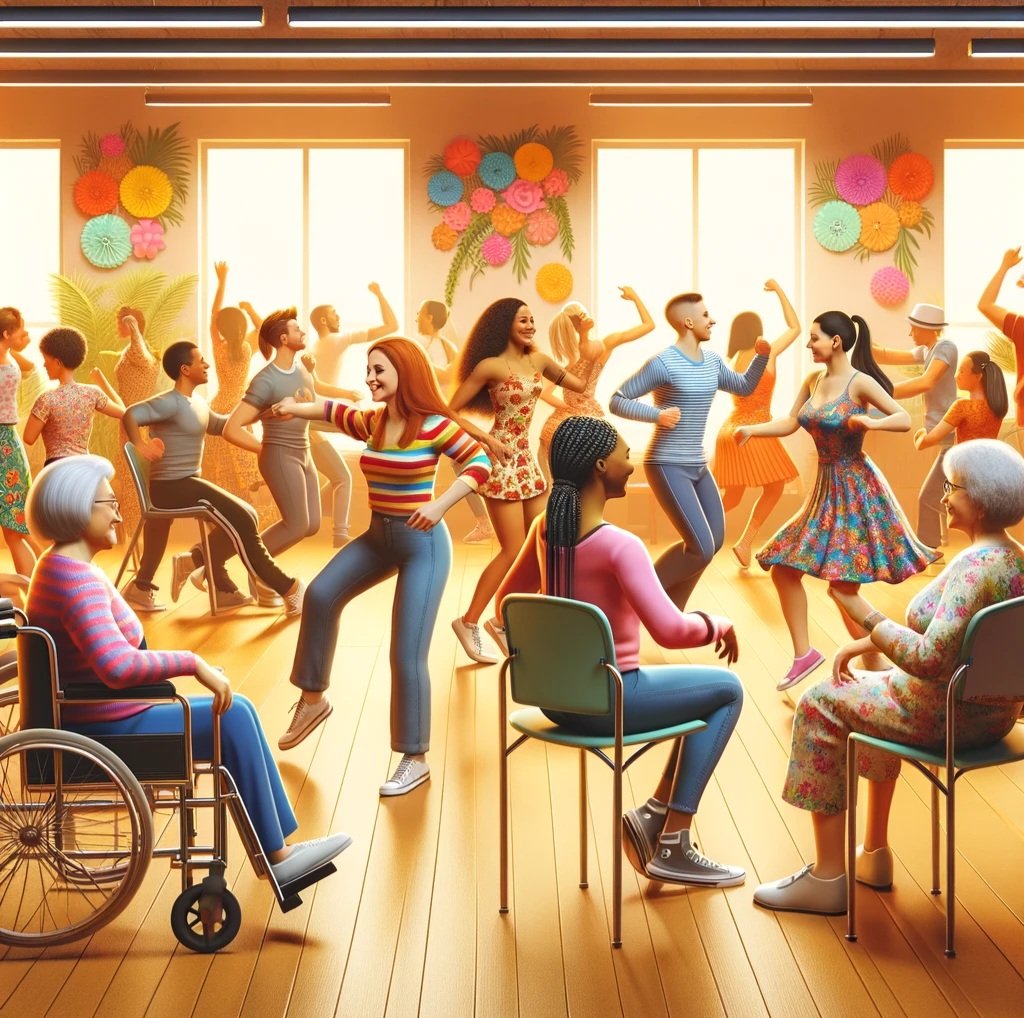
Embracing Movement with Joint Considerations
Discover the inclusive world of dance, tailored for those with joint problems. From chair dancing to expressive styles like waacking and voguing, learn how dance can be a joyful, low-impact exercise that boosts both mental and physical health.

Dance Through the Ages: Embracing Movement at Any Stage of Life
Discover essential tips for adult beginners in dance, including daily practices, mobility exercises, and how to safely embrace movement, regardless of age. Perfect for those starting their dance journey later in life.
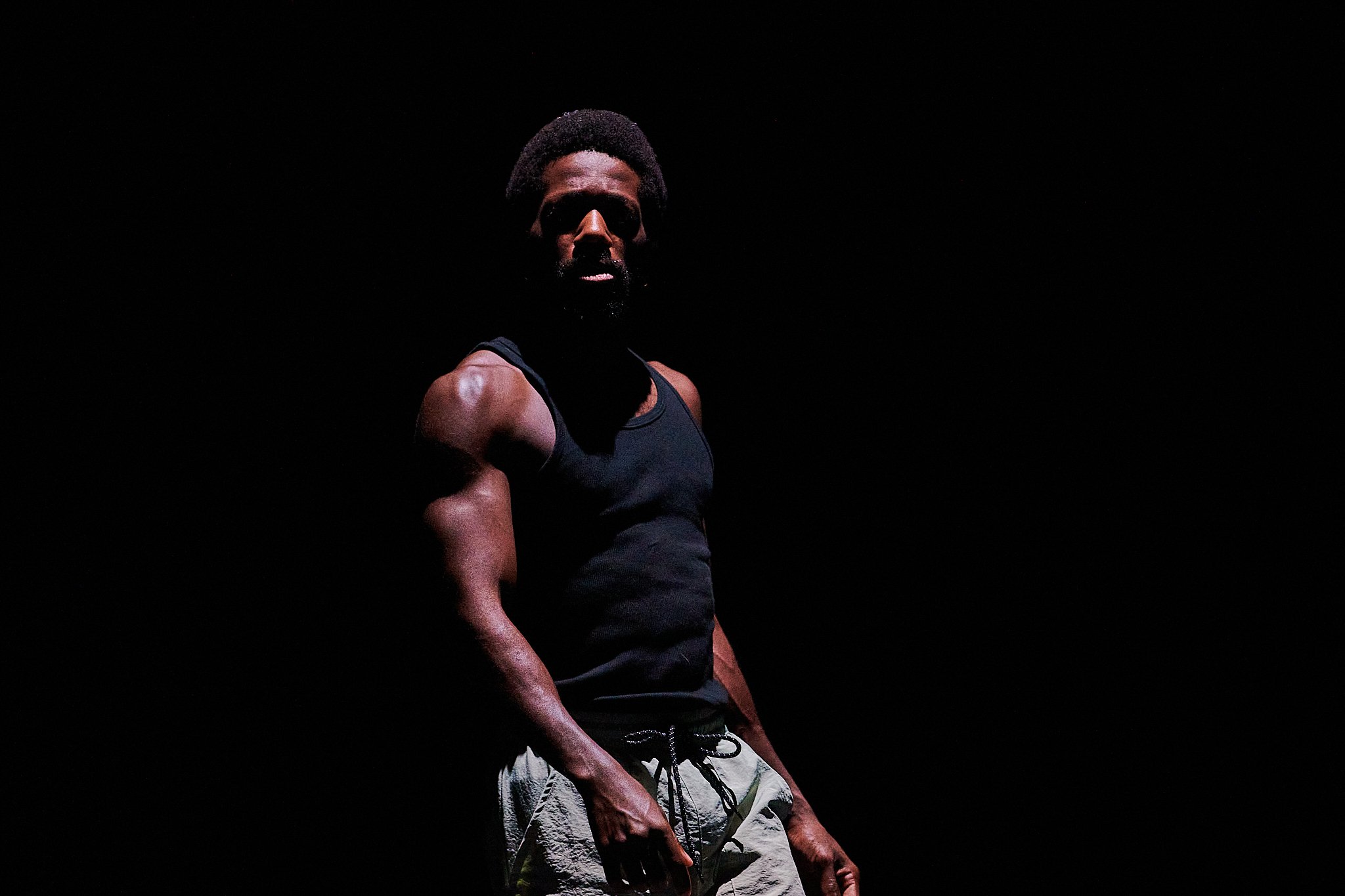
Rediscovering Dance: A Journey of Authenticity and Self-Expression
I felt hollow inside—as if I had lost touch with the very thing that had once brought me so much joy.In that moment of clarity, I made a decision—a decision to walk away from the stage, to leave behind the applause and the admiration, and to rediscover dance on my own terms.
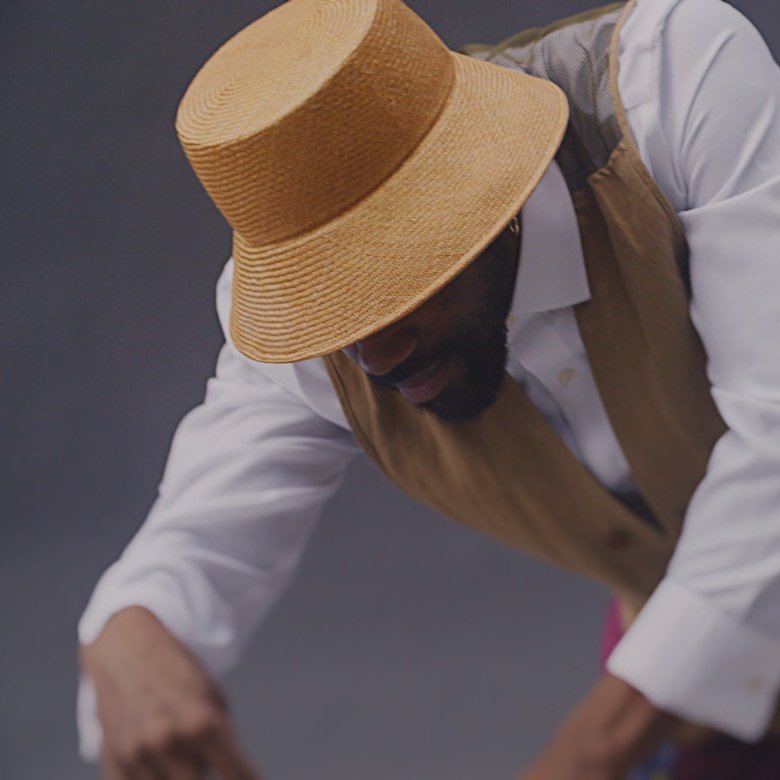
Unlocking the Rhythmic Essence: Understanding Groove and Flow in Dance
Discover the essence of groove and flow in dance – where rhythm meets movement. Learn how to sync your steps with the music's beat and seamlessly transition between moves. Unlock the secrets to mastering flow and embrace the freedom to express yourself creatively on the dance floor.
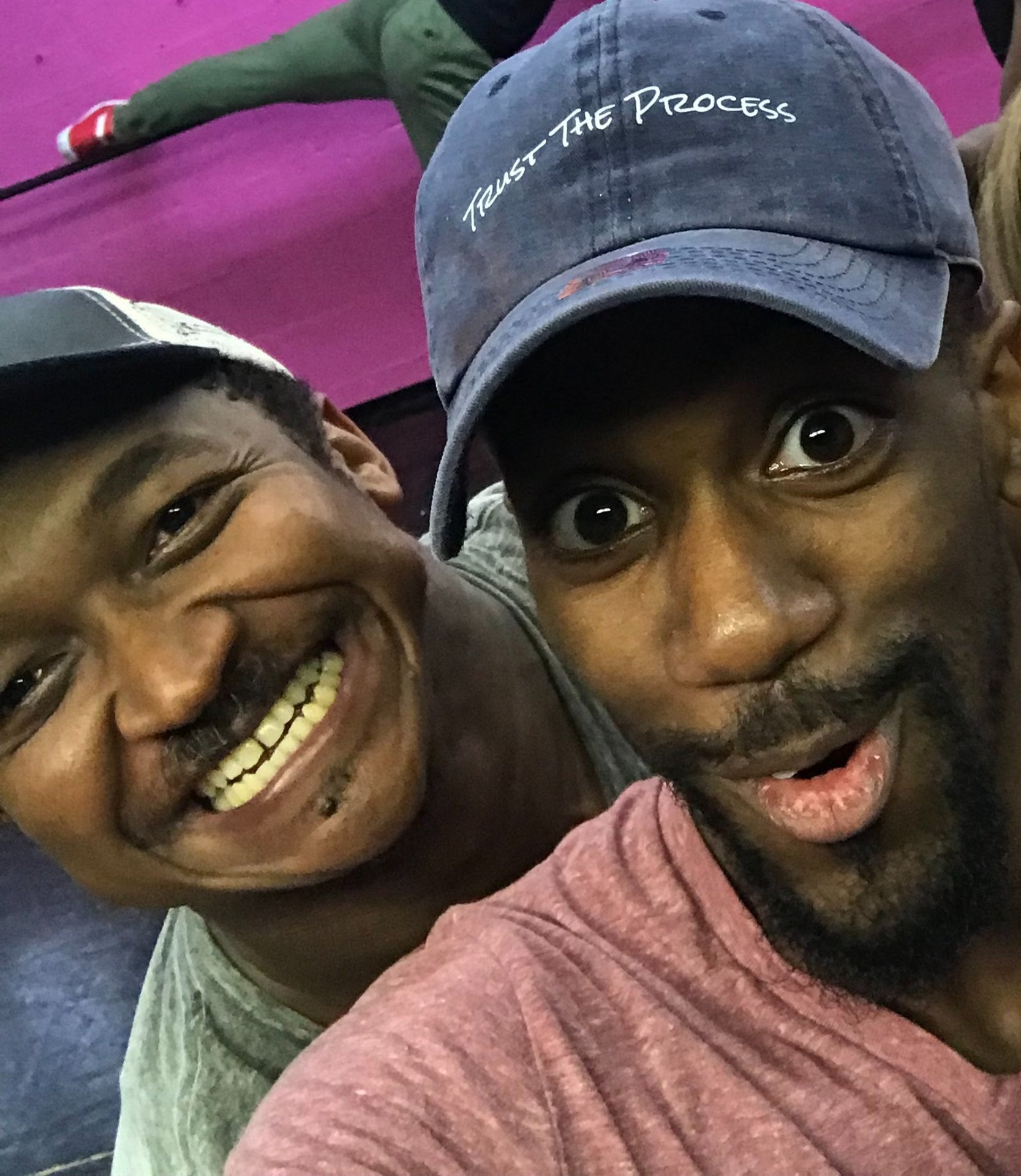
Overcoming Dance Frustrations and Embracing Growth
Unlock the secrets to overcoming dance frustrations and embracing growth in your journey as a dancer. Discover the transformative power of asking questions through Jeremy's inspiring story. Dive deep into the importance of seeking clarity and learn how curiosity and courage can propel you forward on the path to mastery. Join us as we explore the transformative journey of dance and rhythm together!
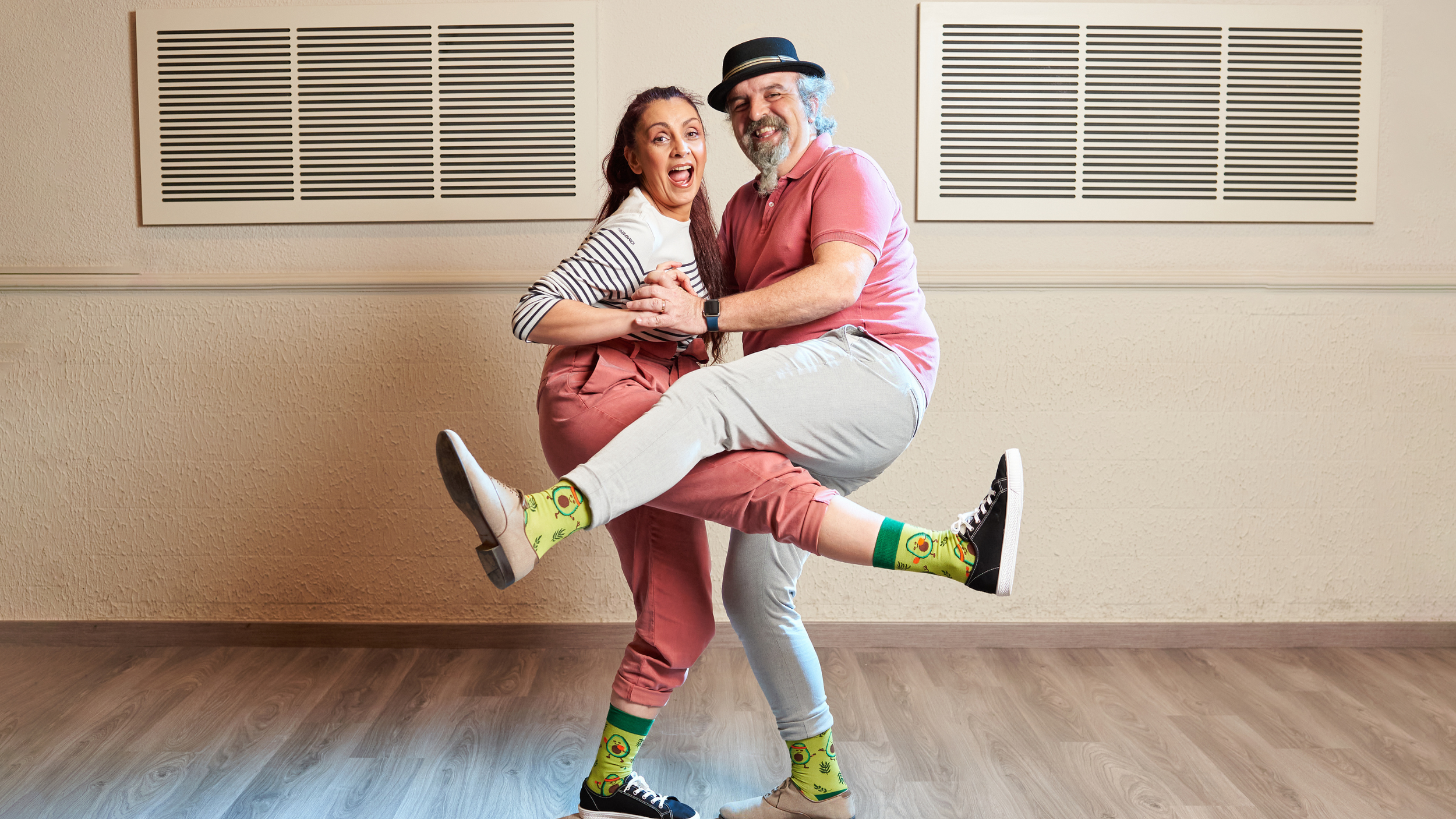
Unleash Your Inner Dancer: Defying Age and Embracing The Rhthym Of Life
Yet, somewhere along the way, a sinister myth crept in, whispering in our ears that dance is reserved for the young, the agile, the sprightly souls who haven't yet felt the weight of the years upon their shoulders. But today, my friends, we're here to shatter that myth into a million glittering fragments and unleash the unstoppable force of rhythm that resides within each and every one of us. So grab a hold of your dreams, turn up the music, and let's dive headfirst into the electrifying world of dance, where age is nothing but a number and passion knows no bounds!

Finding Your Rhythm: Navigating Dance with Confidence
Welcome back, dancers! Are you ready to take your dance journey to the next level? In this week's installment of our dance blog, we're diving headfirst into the exhilarating world of building skills and intentionality on the dance floor. So grab your dancing shoes and get ready to groove with confidence as we explore the essential steps to mastering rhythm and dance foundations!
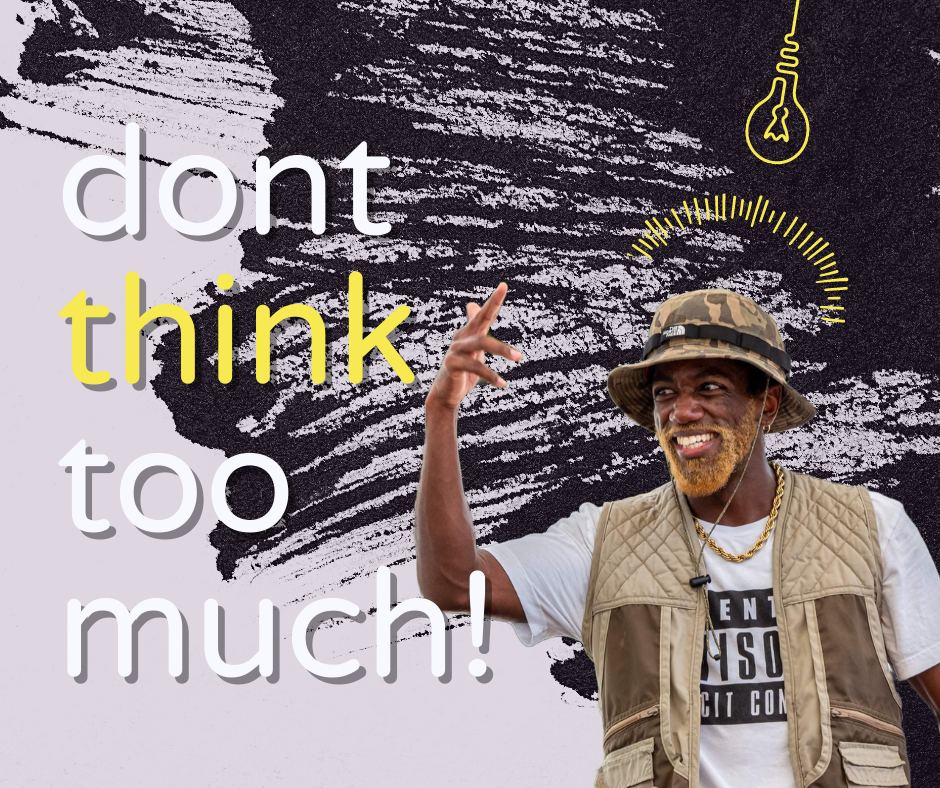
Mastering the Beat: Essential Rhythm Tips and Building Strong Foundations for Beginner Dancers
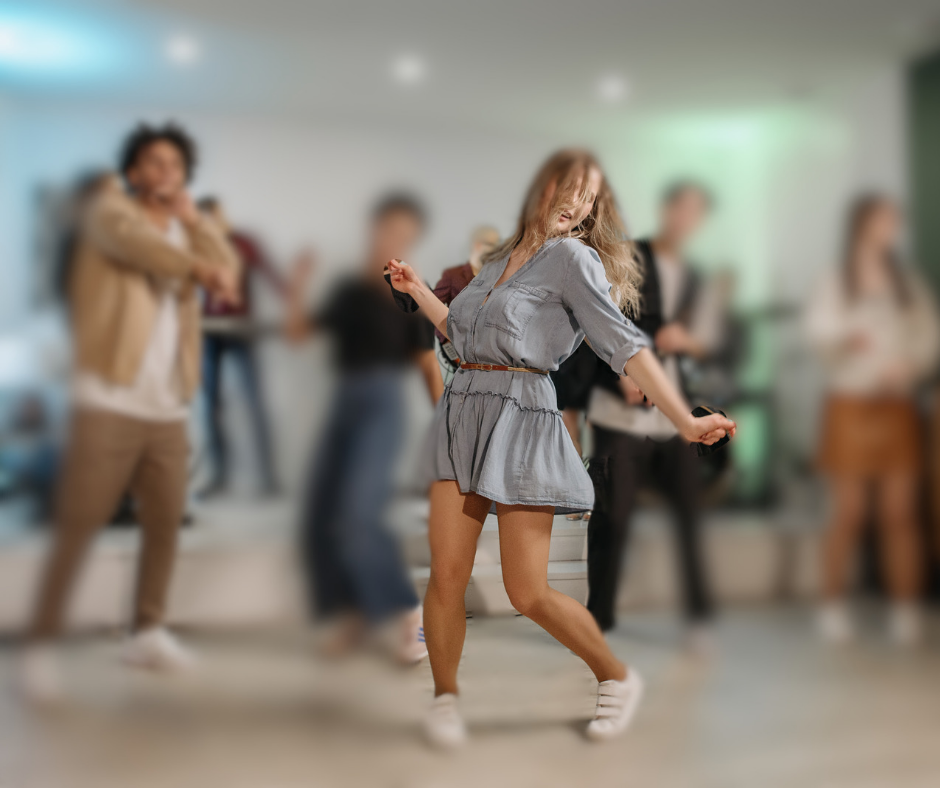
Finding Your Groove: Navigating Rhythm and Dance with Confidence
Finding Your Groove: Navigating Rhythm and Dance With Confidence
Sarah felt a newfound sense of pride and joy, knowing that she had overcome her insecurities and found her groove on the dancefloor.
[Dance & Rhythm for BEGINNERS]

